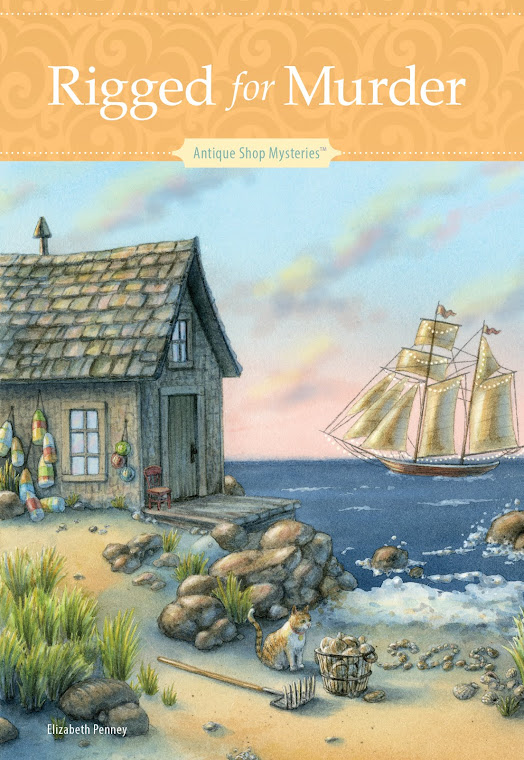Sunday, May 25, 2014
Book and Story News!
Over the past couple of weeks, I've gotten exciting news related to my fiction. First, my Gothic short story, The Roadhouse, was accepted for the next print edition of the NH Pulp Fiction series.
Set in 1883 Franconia Notch, The Roadhouse features an iconic Concord stagecoach, as will all the stories in this edition.
Some of my favorite books are those I call past/present, where there are two juicy stories that intertwine. I'm going to be writing one called Whispers of Florence for the new Annie's Fiction historical series. Whispers has two of my favorite settings: Vermont and Florence, Italy. Lots of art, fashion, yummy food, and, of course, murder and mystery. The main character in Vermont is of Italian descent, as am I. My ancestors came from Barga, Italy, near Florence. Note: I am also going to write book 4 in this series, tentatively set in Scotland 1745, and book 8, set in on the Yorkshire Moors.
I'm also going to write a book for another Annie's present-day series, not announced yet. I'm excited and grateful for these opportunities! The road to publishing in fiction is often a long one. It has been for me.
PS that's my 1931 thesaurus above. I adore using a Roget's right for whatever period I'm writing in.
Sunday, May 11, 2014
Putting Flesh on the Bones: Structure and Meat in Your Story
Cookie photo by Anneheathen
Until recently I was a pantser. A character, a setting, a situation would come to me and I'd be off. Sometimes I knew where I wanted the story to end up--but I muddled through the middle all the way.
I've written mysteries where I, along with my future readers, didn't know whodunnit.
When I started writing for Annie's, my editor said an outline was a requirement. To that point, I'd only done mini-outlines as I wrote--sketching out the next few scenes.
Ouch and ugh. Instinct wasn't going to cut it anymore.
My editor provided materials to help. At Entangled, too, authors are given tools to help ensure that their books have solid "beats" - plot points that structure the story.
I groaned my way through the outline and got the contract. When it came to writing the book, it was amazingly fast and required very little revision. Most of the sticky places had been thought through in advance. I still had to add scenes and work through some issues, of course.
Now I'm applying these tools to my YA romance and other projects I'm tossing around. I now see how a solid grasp of the plot arc will help me write a book for maximum impact. And how defining the characters' goals and motivations will enrich both the plot and the book as a whole.
Major light bulbs went off when an Entangled editor recommended Goal, Motivation, and Conflict by Debra Dixon to an author. In Dixon's approach, goals (what) and motivations (why) create characters with depth and a personal path. Along the path, they encounter--and must overcome--conflict. Understanding a character's goals and both internal and external motivations help you increase the stakes in a story. I can't recommend this book enough.
It immediately helped me hone the goals and motivations of my couple in Last Summer in Eden. They both feel boxed in by their place in society and long for creative freedom. The fulfillment of those desires comes into conflict for my MC due to the mores of the day, although in the 1920s, much was shifting--for women and in the setting of my book.
An often recommended tool for plotting is Blake Snyder's beat sheet. Blake is now gone, unfortunately, but his screenplay methods are still being taught. I use the beat sheet to plot the major incidents and turning points of a book. The page numbers cited are for a screenplay but you can convert the beats into percentages and apply to a novel.
The concept of key events at certain points in a book or film is promoted by other writers. Screen guru Michael Hague discusses the five turning points of a story. Specifically concerning YA novels, Anne Greenwood Brown posted on Writer Unboxed about applying two plot points another screen expert Christopher Vogler calls crossing over and near-death to YA novels. A crossing over point--a significant event--occurs at 25%. Examples Brown cites include turning 18, getting a new job, leaving home, etc. At 50%, the near-death occurs, a high conflict, often game-changing, scene. I made sure that my YA romance has one of those, although it has to do with my B-story--another Snyder term. But it greatly affects my MC and directly leads to dramatic events later in the story that influence her choices.
It's interesting that many of these tools come from screenwriting, and even Dixon uses movies as her teaching tools. I had some initial reluctance toward beat plotting because the last thing I want to create is a predictable, formulaic work, whether it's one of my screenplays or a novel. Sometimes plot points are applied in a clunky way. "Here comes the XYZ scene." But I believe that if you know your characters well enough, their goals and motivations and therefore their actions and response to conflict will be organic--meaning that the story will feel logical and natural. Yet hopefully will have suspense and narrative drive...but that's a topic for another day.
Subscribe to:
Posts (Atom)


